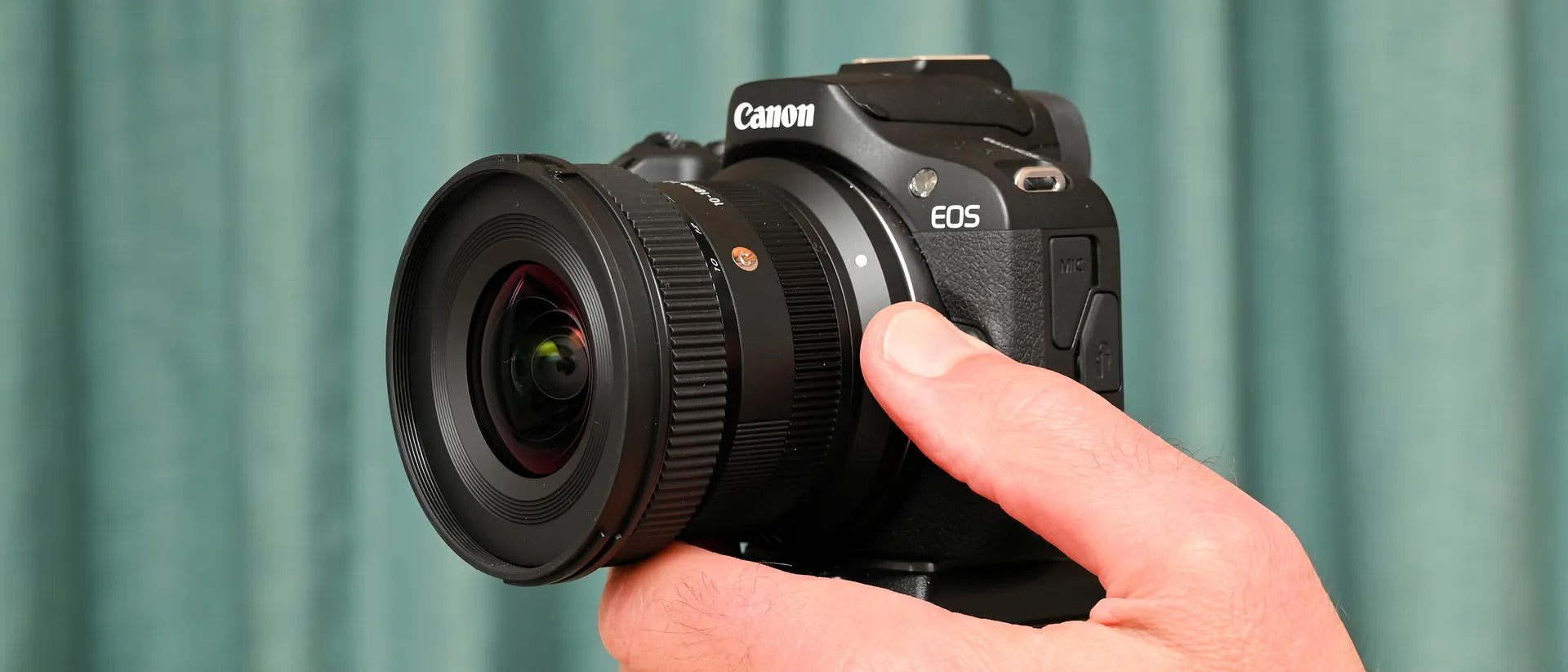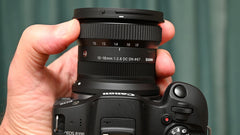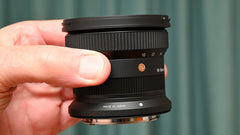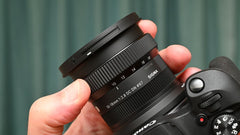Description
xI like the super-wide viewing angles delivered by the Sigma 10-18mm F2.8 DC DN C, making it ideal for landscapes, cityscapes, architectural interiors and even vlogging. The fairly fast and constant f/2.8 aperture rating also adds astrophotography to the to-do list. It’s a very welcome addition to the very limited range of own-brand Canon lenses for its APS-C format EOS R system cameras but I miss the optical stabilization of Canon’s 10-18mm lens, which is cheaper to buy, smaller and lighter, and even features a 0.5x macro facility.
While the constant f/2.8 aperture rating is a key advantage over the Canon lens, the Sigma is similarly strong when it comes to the overall design.
The optical path includes four aspherical elements, three top-grade FLD (‘Fluorite’ Low Dispersion) elements and one SLD (Special Low Dispersion) element.
All in all, there are 13 elements arranged in 10 groups. Autofocus is driven by a fast and near-silent stepping motor, and focusing is fully internal, so the front element neither extends nor rotates.
The avoidance of rotation is an important factor when using filters like ND grads for shooting landscapes. Speaking of which, the lens has a medium-sized 67mm filter attachment thread.
Both lenses do well to keep color fringing to fairly low levels, although the Canon wins out in this respect at the long end of the zoom range.
It’s a bit of a moot point, as automatic in-camera correction is available for both lenses.
The same goes for distortion. The Sigma lens gives very noticeable barrel distortion at 10mm, rather less so at 12mm, almost none at 14mm and a touch of pincushion at 18mm.
By contrast, the Canon lens delivers so much distortion that it’s basically unusable without in-camera correction, on which it relies completely.
Switch it off when processing RAW files and the Canon lens gives an almost fisheye look to images.
I suspect the effect of in-camera correction is why the effective maximum angle of view is quoted as 107.5 degrees for the Canon lens, and a larger 109.7 degrees for the Sigma, despite them both having the same minimum focal length.
- Choosing a selection results in a full page refresh.












